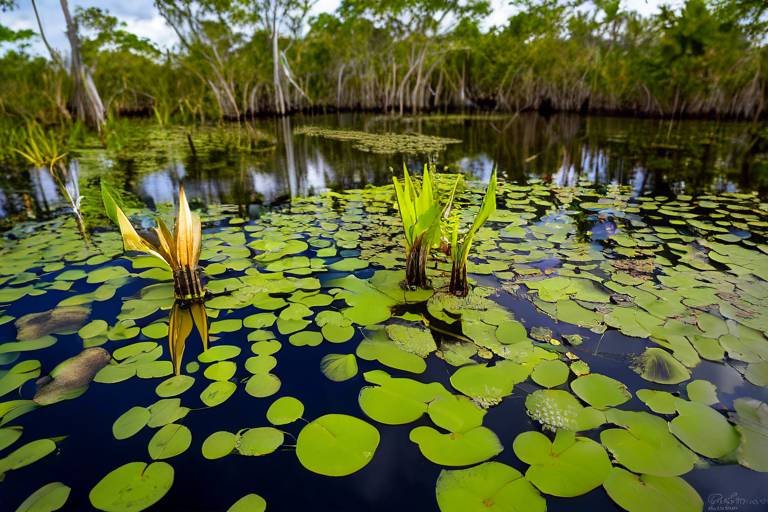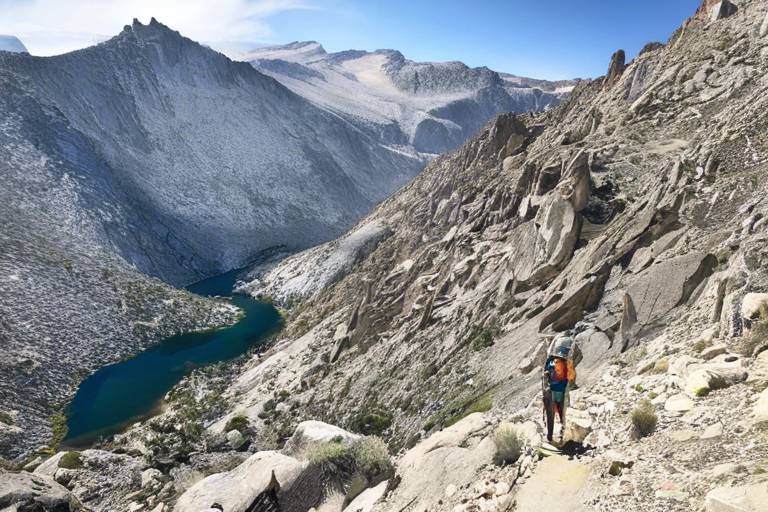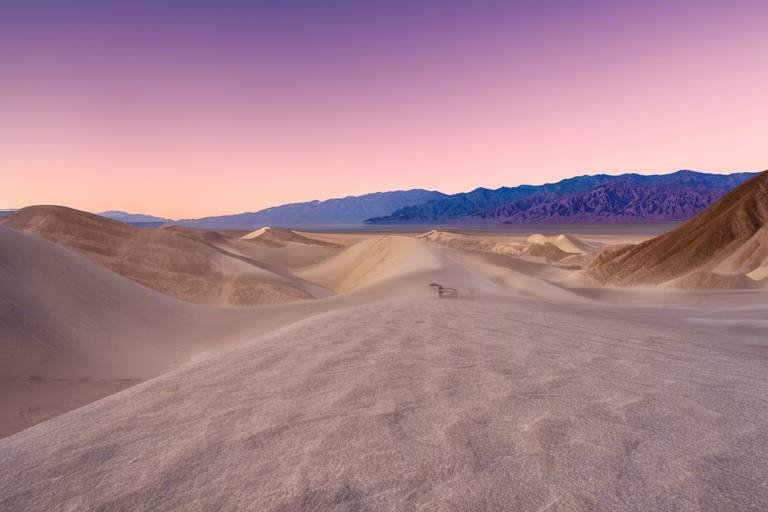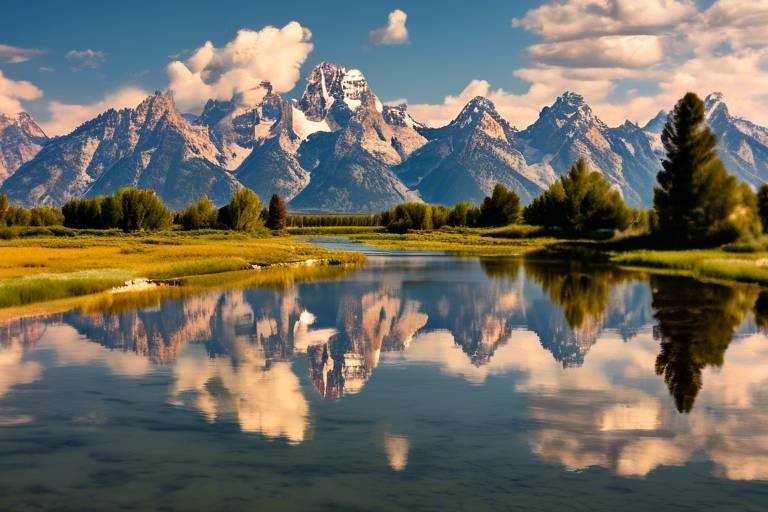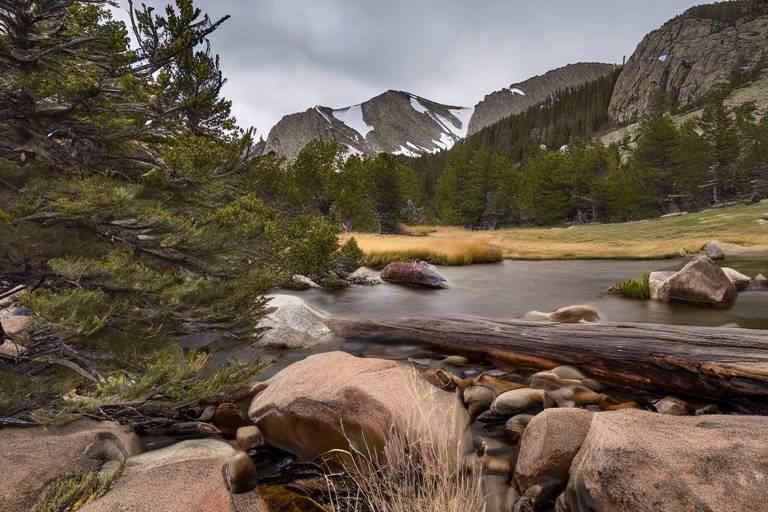Exploring the Unique Flora of the Florida Everglades
When venturing into the Florida Everglades, one is immediately struck by the sheer diversity of plant life that thrives in this unique subtropical wilderness. From the expansive sawgrass marshes to the intricate mangrove forests, the flora of the Everglades is as varied as it is fascinating. Each plant species has evolved to adapt to the wetland environment, creating a vibrant ecosystem that is both resilient and fragile at the same time.
The iconic sawgrass marshes dominate large expanses of the Everglades, with their sharp-edged leaves rising above the shallow waters. These marshes are not just a sight to behold but also play a crucial role in the ecosystem, providing habitat for a variety of wildlife and serving as a natural filter for the water that flows through them.
As you delve deeper into the Everglades, you will encounter the intricate mangrove forests that line the coastal areas. Red, black, and white mangroves intermingle to create a unique ecosystem that acts as a protective barrier against storms and erosion. These forests are not just beautiful to look at but also essential for maintaining the health of the shoreline and providing a nursery for countless marine species.
The cypress swamps of the Everglades are shrouded in mystery, with towering cypress trees and submerged roots creating a hauntingly beautiful landscape. These swamps are vital for flood control, absorbing excess water during the rainy season and releasing it slowly during dry spells. Additionally, they act as natural purifiers, filtering out pollutants and keeping the waters of the Everglades clean.
Orchids and bromeliads add a touch of elegance to the Everglades, their vibrant colors standing out against the green backdrop of the trees. These epiphytic plants form symbiotic relationships with other organisms, showcasing the interconnectedness of the ecosystem. Their presence highlights the beauty and resilience of nature in the face of adversity.
Some plant species found in the Florida Everglades are endemic, meaning they are unique to this particular region. The ghost orchid and Everglades snakeroot are examples of such plants, their existence tied closely to the delicate balance of the ecosystem. Conservation efforts are underway to protect these rare and endangered species from disappearing forever.
Underneath the surface of the water, a whole other world exists in the form of aquatic plants. Water lilies, bladderworts, and other submerged plants play a crucial role in the aquatic ecosystem, providing food and shelter for a myriad of aquatic creatures. Their presence is a testament to the interconnectedness of all living things in the Everglades.
However, not all plants in the Everglades are beneficial. Invasive species like melaleuca and Brazilian pepper pose a significant threat to the native flora, outcompeting them for resources and disrupting the delicate balance of the ecosystem. Efforts are being made to control the spread of these invasive plants and protect the native biodiversity of the Everglades.
Medicinal plants have long been used by indigenous peoples for their healing properties, and the Everglades are home to a variety of such plants. Wild coffee and saw palmetto are just a few examples of plants with potential health benefits, highlighting the cultural significance of these natural remedies. Their presence serves as a reminder of the deep connection between humans and the natural world.
As the climate changes, the flora of the Everglades must adapt to survive. Researchers are studying how plants are responding to these environmental challenges, uncovering the adaptive strategies they are employing to cope with the changing conditions. Understanding these mechanisms is crucial for ensuring the long-term resilience of the plant life in the Everglades.
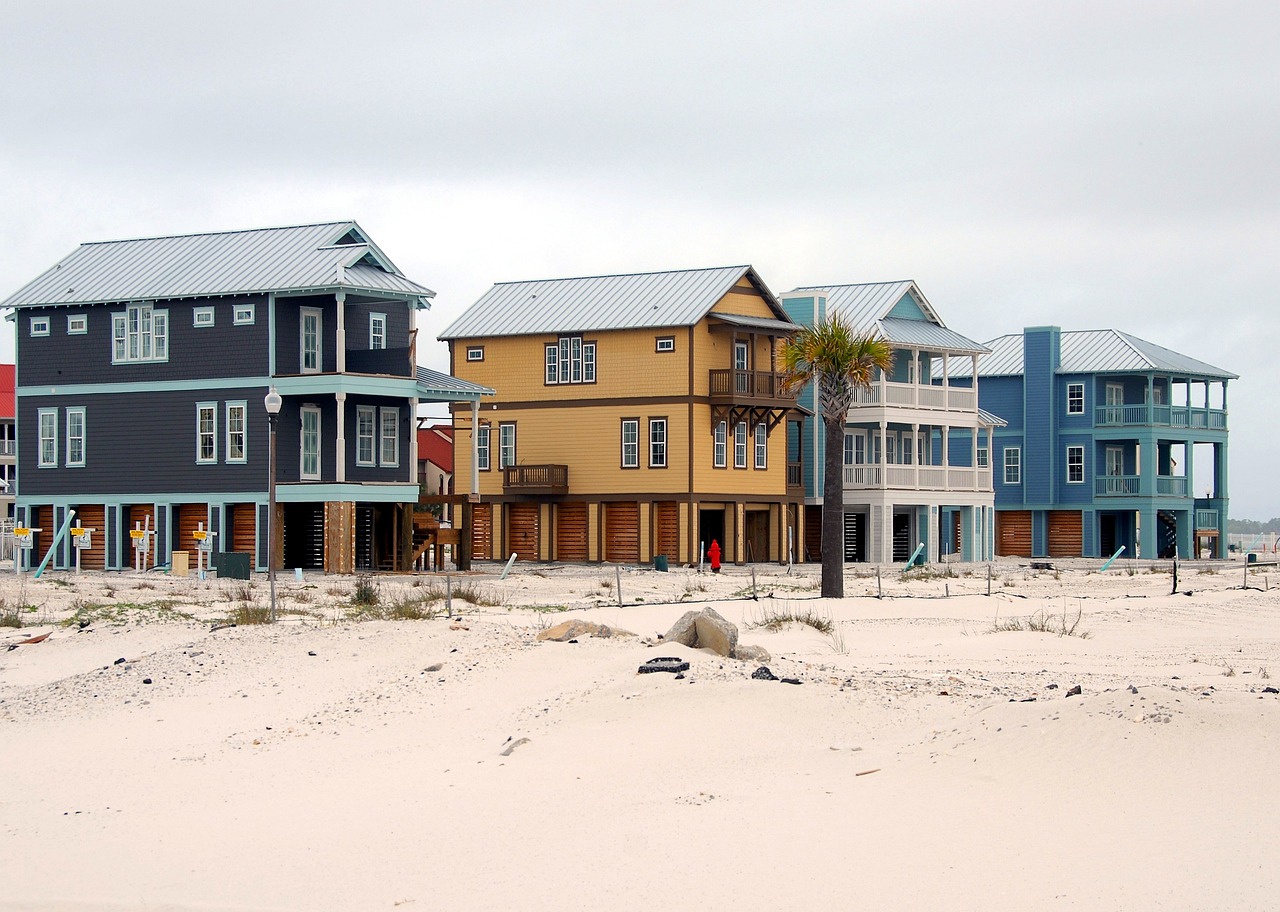
1. Sawgrass Marshes
Sawgrass marshes are a defining feature of the Florida Everglades, showcasing the resilience and adaptability of the plant life in this unique ecosystem. The sawgrass, with its sharp-edged leaves and towering presence, dominates the expansive marshlands, thriving in the shallow waters that characterize this region. These marshes serve as vital habitats for a variety of wildlife, offering shelter and sustenance to numerous species.
One of the most intriguing aspects of sawgrass is its ability to survive in waterlogged conditions by efficiently absorbing nutrients and water through its roots. This plant plays a crucial role in the Everglades ecosystem, acting as a natural filter by trapping sediments and pollutants, thereby helping to maintain water quality. Additionally, sawgrass provides nesting sites for birds and shelter for small mammals, contributing to the overall biodiversity of the area.
As the sawgrass sways gently in the breeze, it creates a mesmerizing landscape that changes hues with the shifting light, offering a visual spectacle for visitors to behold. The rustling sound of the wind through the dense stands of sawgrass adds to the immersive experience, transporting observers into a world where nature reigns supreme.
Moreover, the intricate network of roots beneath the surface of the marshes helps stabilize the soil and prevent erosion, showcasing the intricate balance of nature's design. The sawgrass marshes stand as a testament to the resilience of plant life in the face of environmental challenges, embodying the spirit of survival and adaptation that characterizes the Florida Everglades.
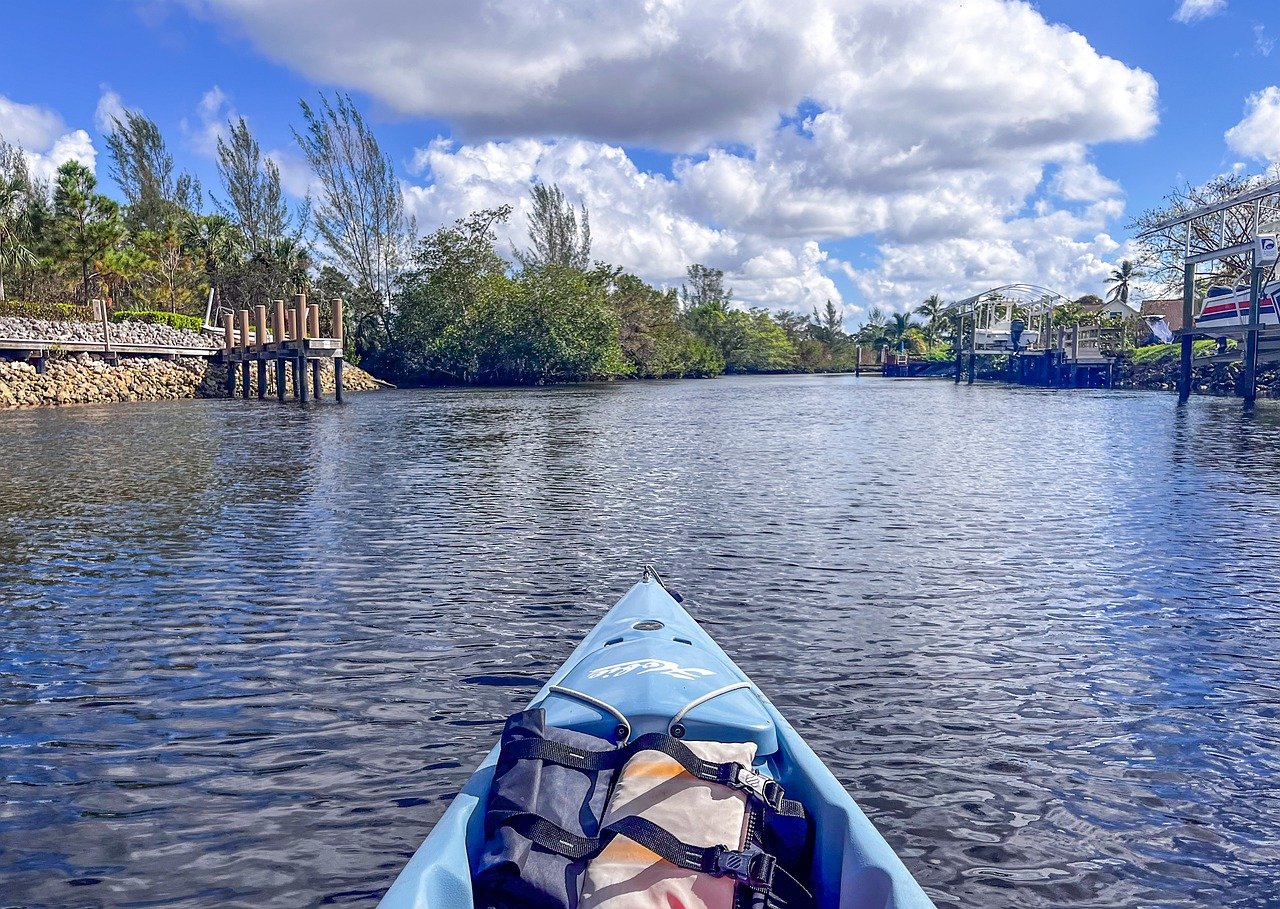
2. Mangrove Forests
Mangrove forests in the Florida Everglades are a fascinating ecosystem that plays a crucial role in protecting coastlines and providing habitat for various species. These forests are home to red, black, and white mangroves, each with unique adaptations to thrive in the brackish waters of the coastal environment. Red mangroves, with their distinctive prop roots, anchor themselves firmly in the muddy substrate, offering stability and protection against erosion. Black mangroves, known for their pneumatophores, have specialized roots that allow them to breathe in waterlogged conditions. White mangroves, with their salt-excreting glands, can tolerate high salinity levels, making them well-suited for coastal areas.
One of the most remarkable features of mangrove forests is their ability to act as a natural barrier against storms and hurricanes. The dense network of roots helps dissipate wave energy and reduce the impact of strong winds, safeguarding inland areas from flooding and erosion. Additionally, these forests provide essential nursery grounds for fish, crustaceans, and other marine life, contributing to the overall biodiversity of the Everglades.
Furthermore, mangroves are efficient carbon sequesters, storing significant amounts of carbon in their biomass and sediment. This not only helps mitigate climate change by reducing greenhouse gas levels in the atmosphere but also contributes to the overall health of the ecosystem. The intricate root systems of mangroves trap sediments and filter out pollutants, improving water quality and supporting a diverse array of aquatic species.
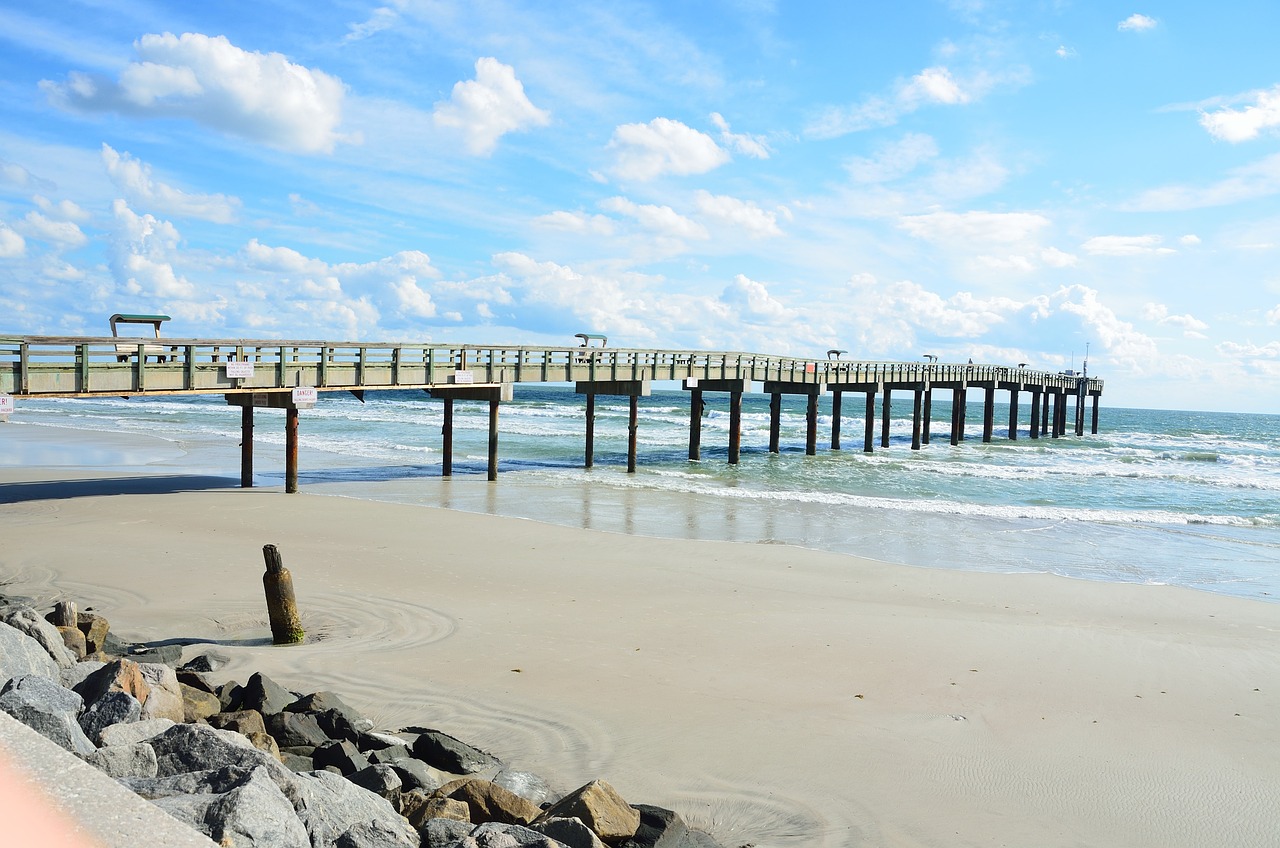
3. Cypress Swamps
Delve into the mysterious cypress swamps of the Florida Everglades, where the landscape is dominated by towering cypress trees with their distinctive submerged roots. These swamps, also known as "tree islands," are essential components of the Everglades ecosystem, providing critical habitat for a variety of plant and animal species.
The cypress trees in these swamps have adapted to thrive in the wet, oxygen-deprived soil by developing specialized root systems that allow them to absorb nutrients efficiently. Their knees, or pneumatophores, protrude from the water, aiding in oxygen intake and providing additional stability to the trees in the soft, muddy terrain.
One fascinating aspect of cypress swamps is their role in flood control. During periods of heavy rainfall, these swamps act as natural sponges, absorbing excess water and helping to reduce the risk of flooding in surrounding areas. Additionally, the dense vegetation in cypress swamps aids in water purification by filtering out pollutants and sediment.
These swamps are not only vital for the local ecosystem but also contribute to the overall health of the Everglades by maintaining water quality and supporting a diverse range of wildlife. From wading birds to alligators, many species rely on the cypress swamps for food, shelter, and breeding grounds.
Exploring a cypress swamp is like stepping into a hidden world teeming with life and surrounded by the soothing sounds of nature. The interplay of light and shadow through the canopy of cypress trees creates a mesmerizing atmosphere, inviting visitors to immerse themselves in the beauty and tranquility of this unique wetland habitat.

4. Orchids and Bromeliads
Orchids and bromeliads grace the trees and landscapes of the Florida Everglades, adding a splash of color and elegance to the vast wilderness. These epiphytic plants have evolved unique adaptations to thrive in their aerial habitats, where they rely on other plants for support and nutrients. Orchids, known for their intricate flowers and diverse species, can be found nestled among the branches, while bromeliads with their rosette-shaped leaves create a striking visual contrast.
One fascinating aspect of orchids and bromeliads is their symbiotic relationships with other organisms. Orchids often form partnerships with specific pollinators, such as bees or moths, relying on them for reproduction. Bromeliads, on the other hand, create miniature ecosystems within their leafy reservoirs, providing a habitat for insects, frogs, and even small birds.
Exploring the Everglades, you may encounter the delicate beauty of the ghost orchid, a rare and elusive species that has captured the imagination of botanists and nature enthusiasts alike. The Everglades snakeroot, with its slender stalks and white flowers, adds a touch of elegance to the swampy landscapes, showcasing the diversity of plant life in this unique ecosystem.
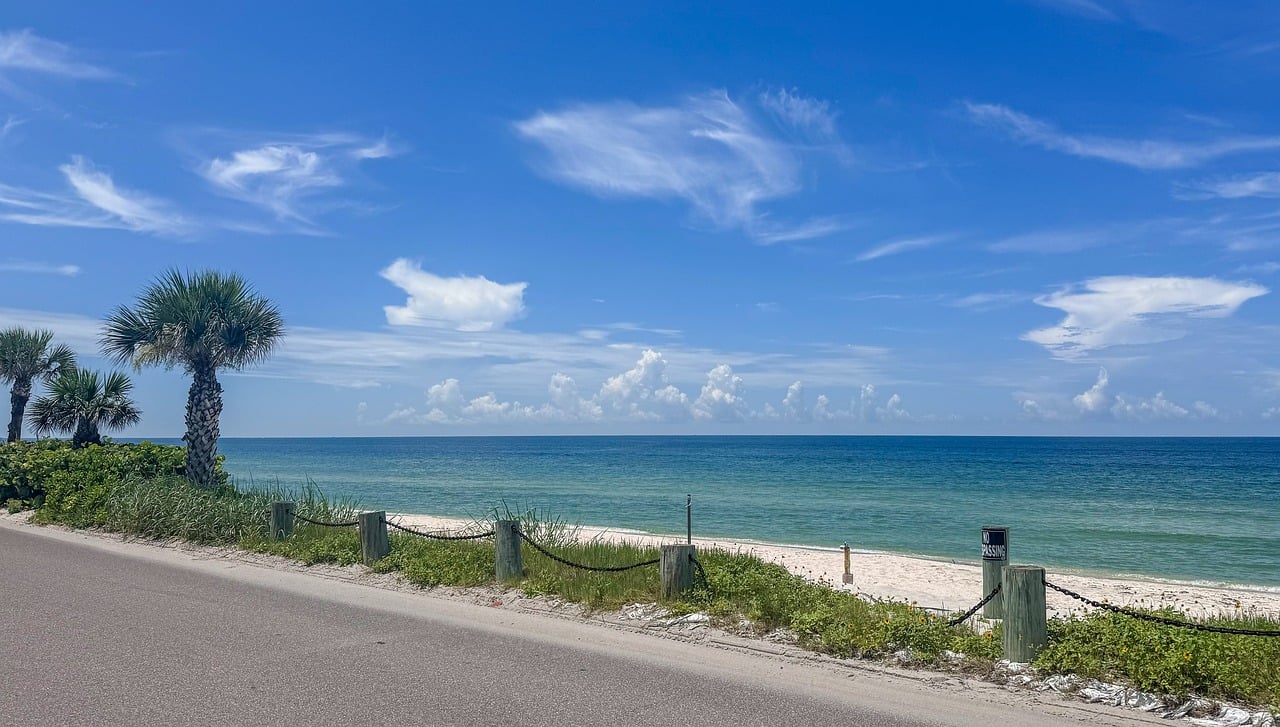
5. Endemic Plant Species
Within the unique ecosystem of the Florida Everglades, there exists a captivating array of endemic plant species that are found nowhere else on Earth. One such remarkable plant is the ghost orchid, a delicate and ethereal flower that haunts the shadowy depths of the swamps. Its ghostly white petals seem to glow in the dim light, captivating all who are fortunate enough to witness its rare beauty.
Another intriguing endemic plant is the Everglades snakeroot, a resilient herb that thrives in the moist soils of the marshes. Despite its unassuming appearance, this plant plays a crucial role in the ecosystem, providing food and shelter for a variety of wildlife. Its subtle charm lies in its ability to blend seamlessly into its surroundings, a true master of camouflage in the wilderness.
Conservation efforts are underway to protect these unique and endangered plant species from the threats of habitat destruction and climate change. Scientists and environmentalists are working tirelessly to ensure that future generations will have the opportunity to marvel at the beauty and diversity of the endemic flora of the Florida Everglades.
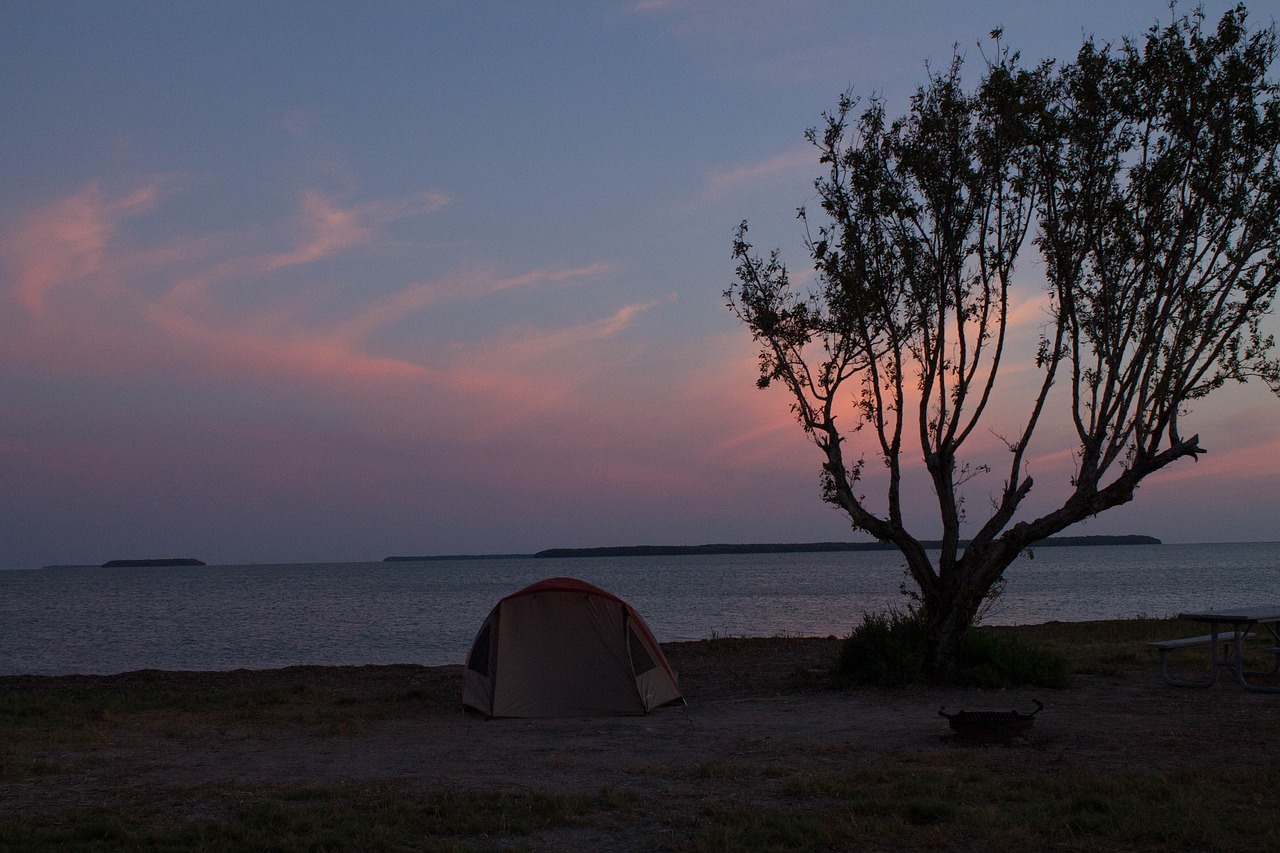
6. Aquatic Plants
Aquatic plants play a vital role in the intricate ecosystem of the Florida Everglades, flourishing in the rivers, lakes, and wetlands that define this unique landscape. These plants, ranging from delicate water lilies to carnivorous bladderworts, contribute significantly to the health and balance of the aquatic environment.
One of the most fascinating aquatic plants found in the Everglades is the water lily, known for its beautiful floating flowers and broad leaves that provide shade for aquatic creatures. These plants not only add aesthetic value to the waterways but also offer crucial shelter for fish and other organisms.
Another intriguing species is the bladderwort, a carnivorous plant that traps small aquatic invertebrates using specialized bladders. This unique adaptation allows bladderworts to thrive in nutrient-poor environments by supplementing their diet with the nutrients obtained from their prey.
Moreover, the tapegrass, a submerged aquatic plant, forms dense underwater meadows that serve as nurseries for fish and provide habitats for various aquatic species. These meadows also help stabilize the sediment and improve water quality by absorbing excess nutrients.
The diversity of aquatic plants in the Everglades reflects the complex web of life that relies on these plants for food, shelter, and oxygen. From emergent plants like cattails to floating plants like duckweed, each species contributes to the overall health and resilience of the wetland ecosystem.

7. Invasive Plant Species
When it comes to the Florida Everglades, the beauty and diversity of its flora are truly remarkable. However, amidst the natural splendor, there lurks a threat posed by invasive plant species. These non-native plants, such as the notorious melaleuca and Brazilian pepper, have been causing havoc in the delicate ecosystem of the Everglades.
The invasive plants outcompete native species for resources, disrupt natural habitats, and alter the balance of the ecosystem. Their rapid spread poses a significant challenge to the conservation efforts aimed at preserving the unique flora of the Everglades.
One of the most concerning aspects of invasive plant species is their ability to multiply quickly and dominate large areas of the landscape. This aggressive behavior can lead to the displacement of native plants that are essential for the overall health of the ecosystem.
Efforts to control the spread of invasive plant species in the Everglades involve a combination of manual removal, herbicide treatments, and biological control methods. These strategies aim to restore the natural balance of the ecosystem and protect the native flora from further harm.
Despite ongoing challenges, conservationists and researchers are dedicated to combating the invasion of non-native plants in the Everglades. By raising awareness about the impact of invasive species and implementing effective management practices, there is hope for preserving the unique plant diversity of this precious wilderness.
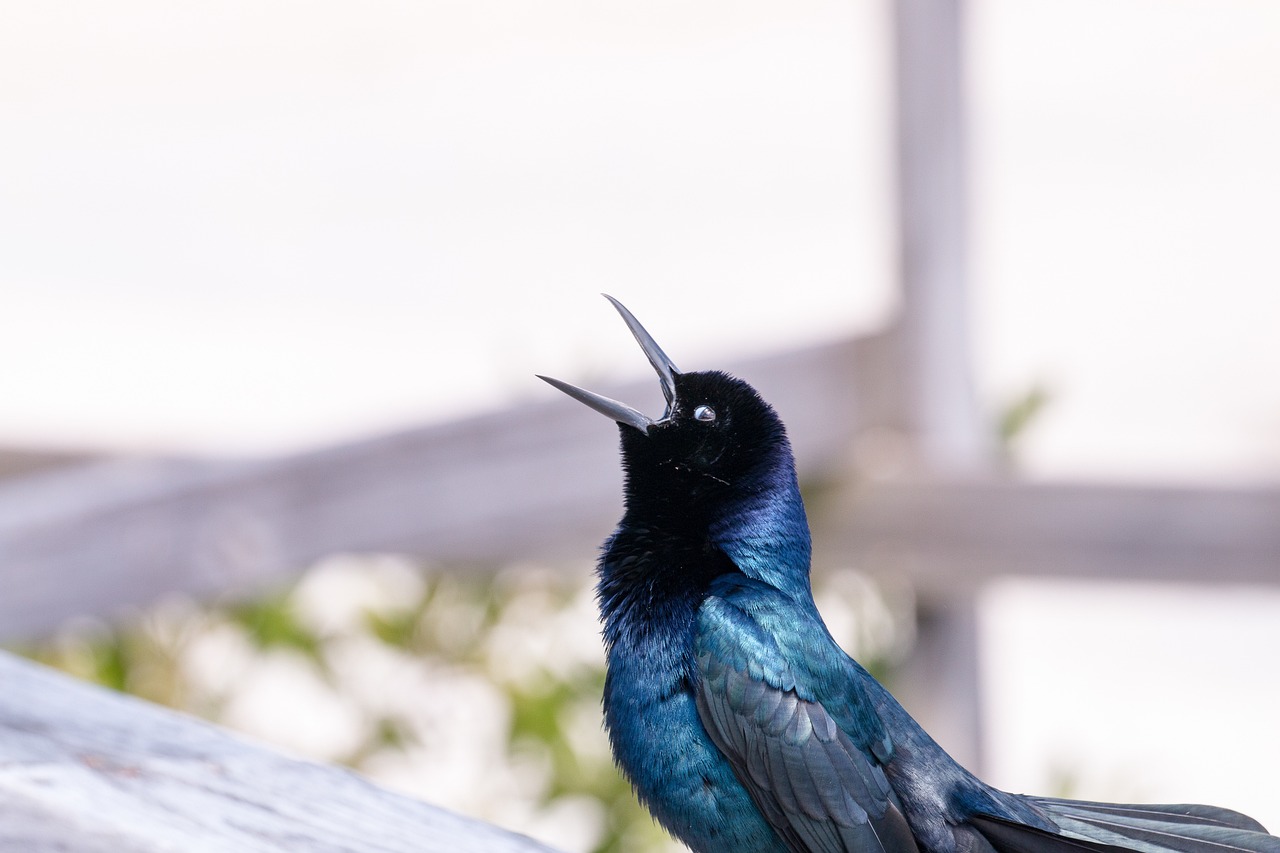
8. Medicinal Plants
When exploring the unique flora of the Florida Everglades, one cannot overlook the fascinating world of medicinal plants that thrive in this diverse ecosystem. Among the lush greenery and vibrant blooms, several plant species stand out for their traditional uses and potential health benefits.
One such plant is the wild coffee, known for its stimulating properties and use by indigenous tribes for centuries. The berries of the wild coffee plant are brewed into a potent drink that provides a natural energy boost, akin to a strong cup of coffee without the jitters.
Another notable medicinal plant found in the Everglades is the saw palmetto, renowned for its prostate health benefits. Extracts from the saw palmetto berries are used in herbal remedies to alleviate symptoms of benign prostatic hyperplasia (BPH) and support urinary tract health.
These medicinal plants not only offer potential health remedies but also hold cultural significance for the indigenous communities that have long revered them for their healing properties. The rich history and traditional knowledge surrounding these plants add depth to their importance in the Everglades ecosystem.
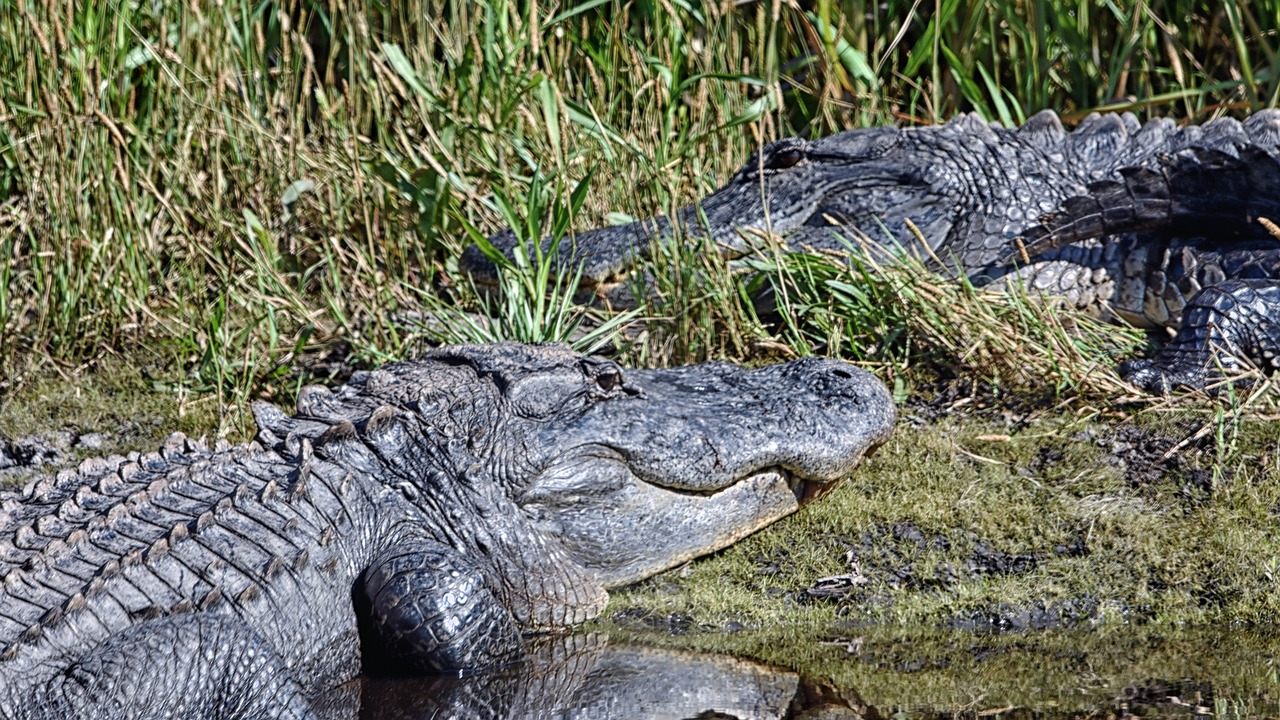
9. Climate Change and Plant Adaptations
Climate change poses a significant threat to the delicate balance of plant life in the Florida Everglades. With rising temperatures and changing precipitation patterns, plants in this unique ecosystem are facing new challenges. However, nature has a way of adapting to adversity, and the flora of the Everglades is no exception.
Researchers are studying how plants are adapting to the changing climate, looking at factors such as genetic diversity, phenotypic plasticity, and migration patterns. Some plant species are shifting their ranges towards higher elevations or cooler habitats to escape the effects of warming temperatures.
One fascinating adaptation observed in the Everglades is the ability of certain plants to tolerate saltwater intrusion due to rising sea levels. Mangroves, with their specialized root systems, are particularly resilient to saltwater, allowing them to thrive in brackish coastal waters.
Another adaptation strategy is the phenomenon of earlier flowering and fruiting times in response to warmer temperatures. Plants are adjusting their life cycles to sync with changing environmental cues, ensuring their reproductive success in a shifting climate.
Additionally, some plant species are forming symbiotic relationships with fungi to enhance nutrient uptake and improve resilience to stressors like drought and extreme weather events. These partnerships, known as mycorrhizae, benefit both the plants and the fungi involved.
As scientists continue to monitor the impacts of climate change on the Everglades' flora, it is clear that plant adaptations will play a crucial role in determining the resilience of this unique ecosystem. Understanding how plants respond to environmental pressures can inform conservation efforts and help protect the diverse plant life of the Florida Everglades for future generations.
Frequently Asked Questions
- What types of plants can be found in the Florida Everglades?
The Florida Everglades is home to a diverse range of plant species, including iconic sawgrass, mangroves, cypress trees, orchids, bromeliads, endemic species, aquatic plants, invasive species, and medicinal plants. Each plant plays a unique role in the ecosystem, contributing to the rich biodiversity of the region.
- Why are mangroves important in the Everglades?
Mangroves are crucial in the Everglades ecosystem as they help protect shorelines from erosion, provide habitat for various wildlife species, and act as nurseries for fish and other marine life. Their intricate root systems also help filter pollutants from the water, improving water quality in the region.
- What are some examples of endemic plant species in the Everglades?
Unique plant species found only in the Florida Everglades include the ghost orchid and Everglades snakeroot. These plants are rare and endangered, requiring conservation efforts to ensure their survival and maintain the ecosystem's delicate balance.
- How do invasive plant species impact the Everglades?
Invasive plant species like melaleuca and Brazilian pepper pose a significant threat to native flora in the Everglades by outcompeting local plants, altering habitats, and disrupting the natural balance of the ecosystem. Efforts are ongoing to control and eradicate these invasive species to protect the region's biodiversity.
- What role do aquatic plants play in the Everglades?
Aquatic plants, such as water lilies and bladderworts, are essential in the Everglades' aquatic ecosystem. They provide food and shelter for aquatic species, help oxygenate the water, and contribute to nutrient cycling. These plants are vital for maintaining the health and balance of the wetland environment.

